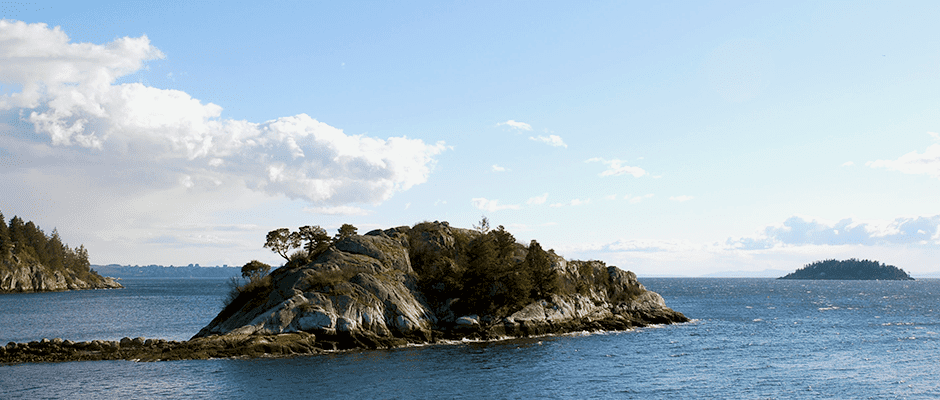Share this article
Report issued on Canada’s marine protected areas
Canada’s National Advisory Panel on Marine Protected Area Standards recently released its final report and recommendations to the minister of Fisheries, Oceans and the Canadian Coast Guard. The report includes 13 recommendations focusing on transparency and governance, minimum protection standards for marine protected areas and the relationship between indigenous communities and the federal government.
In Canada, federal marine protected areas (MPAs) can be created under the authority of four laws: Canada’s Oceans Act, the Canada National Marine Conservation Area Act, the Canada Wildlife Act and the Migratory Bird Convention Act. When an MPA is created, protections are crafted individually to meet conservation goals. However, as the number of MPAs increase, the need for standards and guidance has increased, leading to the formation of the advisory panel.
The panel’s report recommends that Canada adopt the standards and guidelines developed by the International Union for the Conservation of Nature for marine protected areas, which prohibit industrial activities such as oil and gas exploration and exploitation, mining, dumping, and bottom trawling. The report also calls on the government to develop a centralized online database that includes information, monitoring data, conservation objectives and permitted activities for all MPAs.
Other recommendations from the panel encourage the government to recognize the importance of indigenous peoples’ roles as full partners and to integrate indigenous knowledge into MPA planning, design, management, and decision-making. Notably, the panel recommends that legislation be introduced or amended to support the implementation of Indigenous Protected Areas. The first Indigenous Protected Area was recently established in the Northwest Territories.
The seven-member advisory panel was established in early 2018 to make recommendations regarding the categories and associated protection standards for Canada’s marine protected areas, with the existing International Union for Conservation of Nature guidance serving as a baseline. The panel also considered recommendations from the Indigenous Circle of Experts.
Header Image: Whytecliff Park, Canada’s first marine protected area. ©Jim Forest








